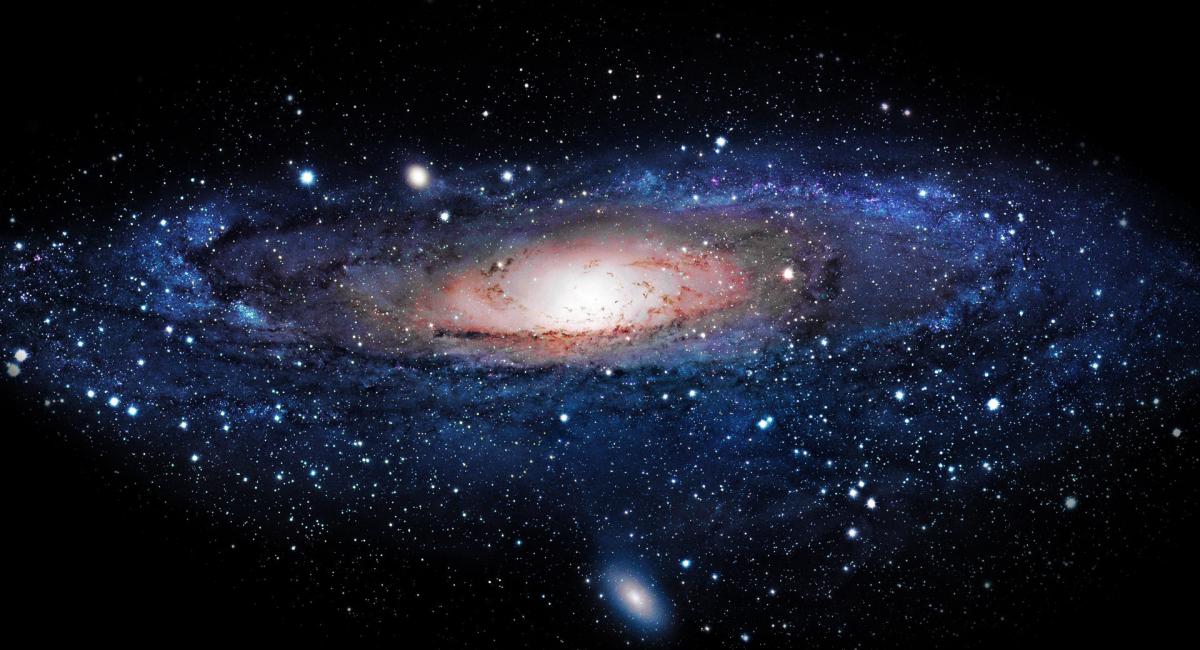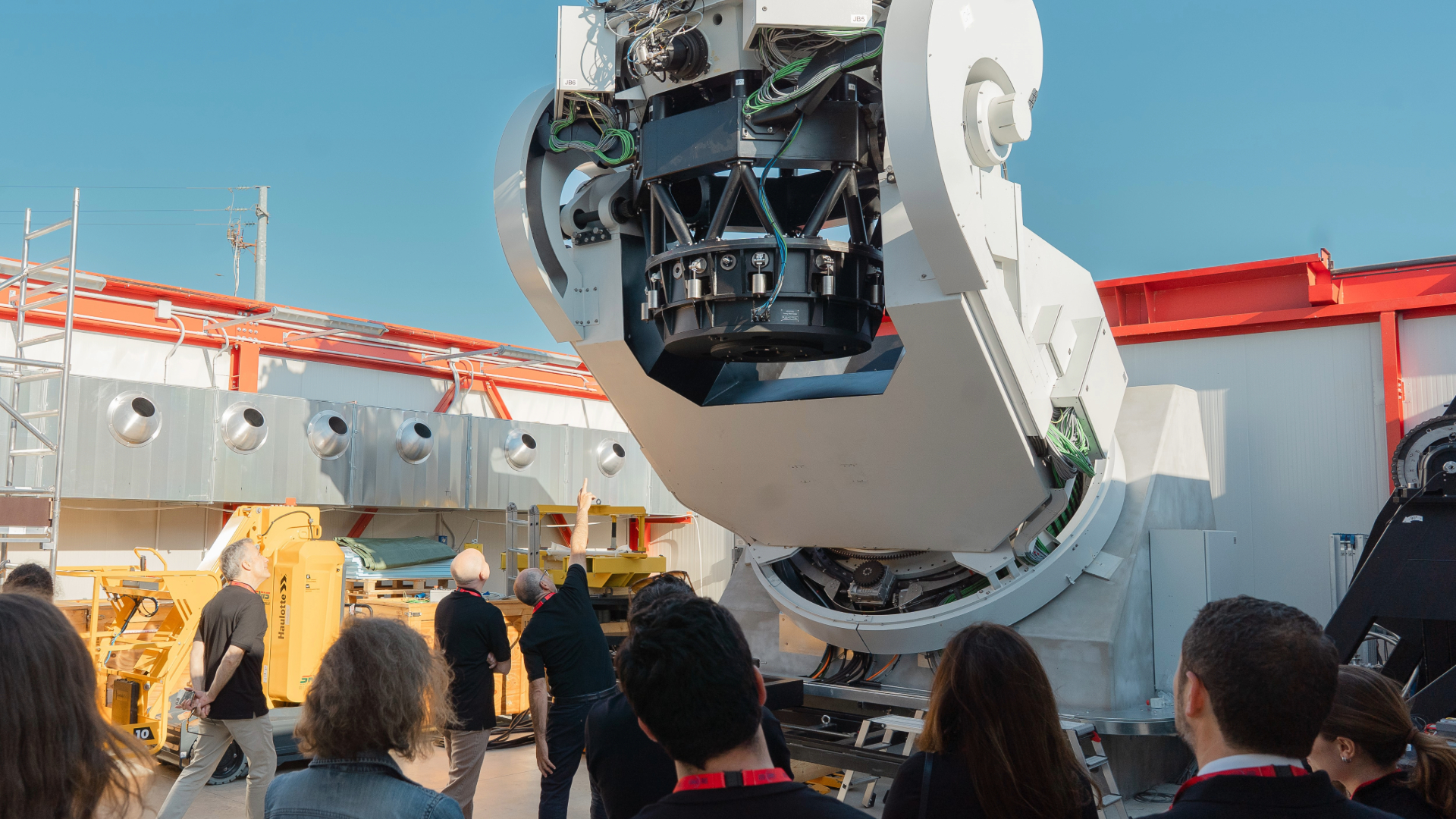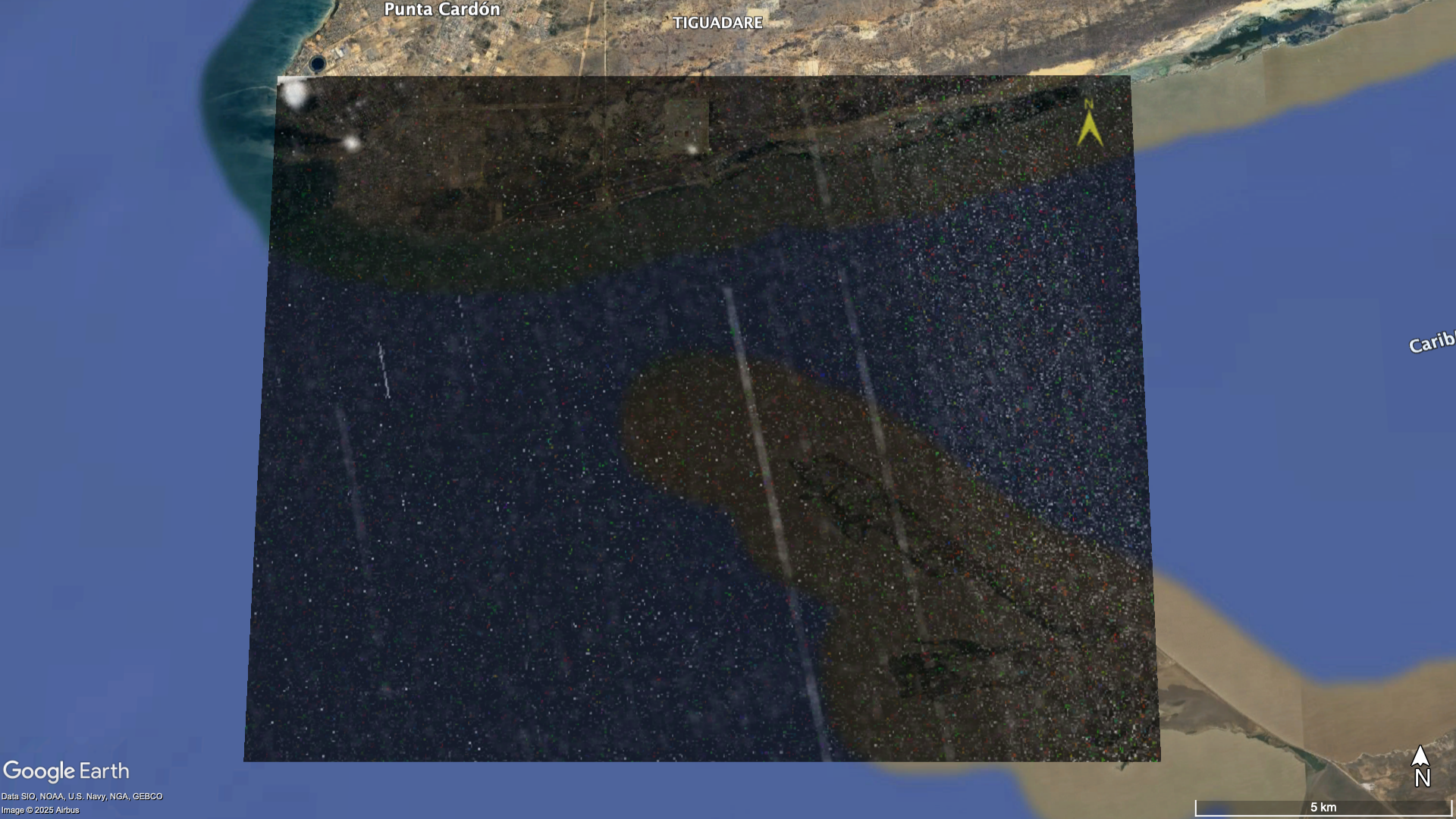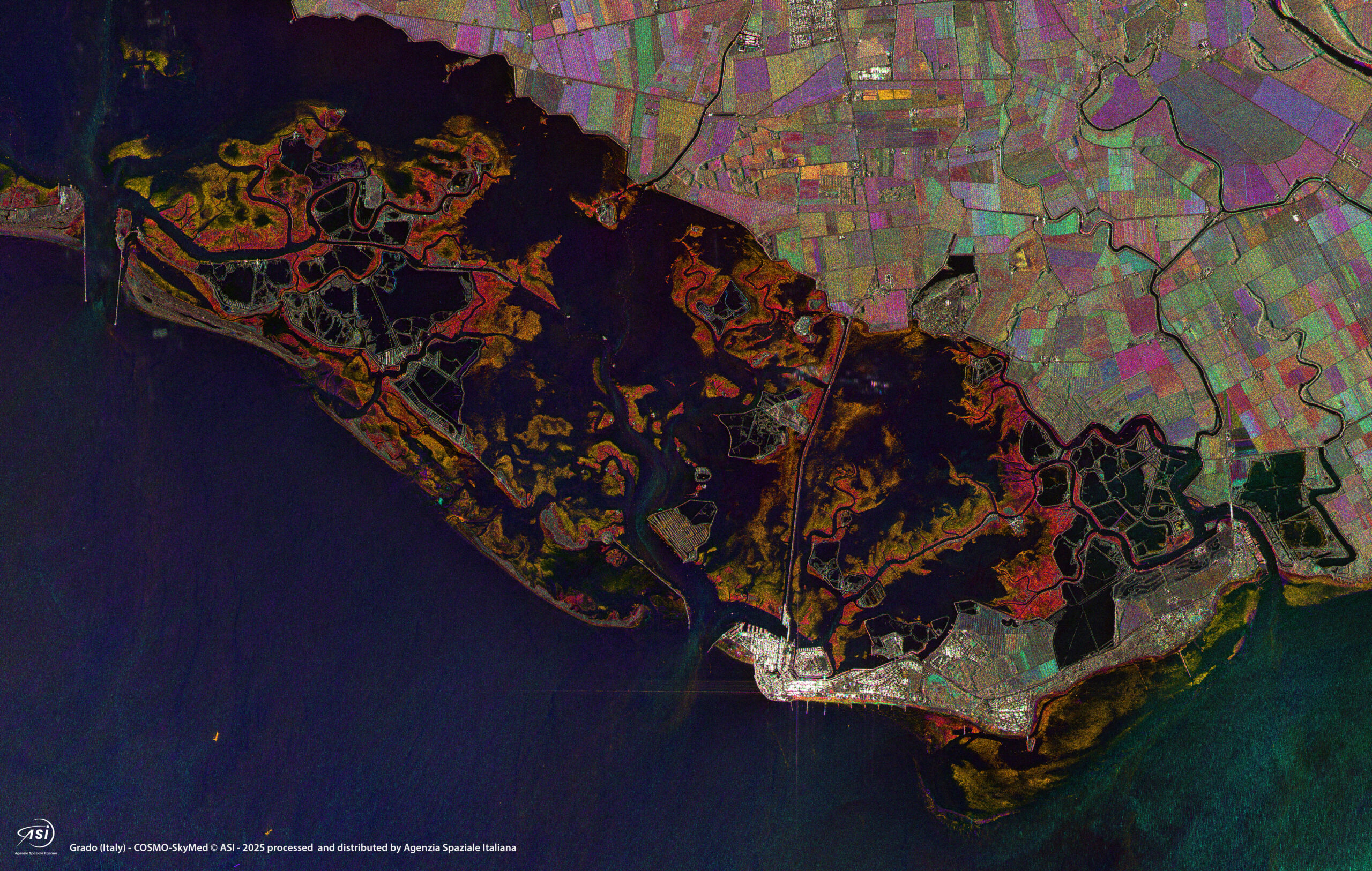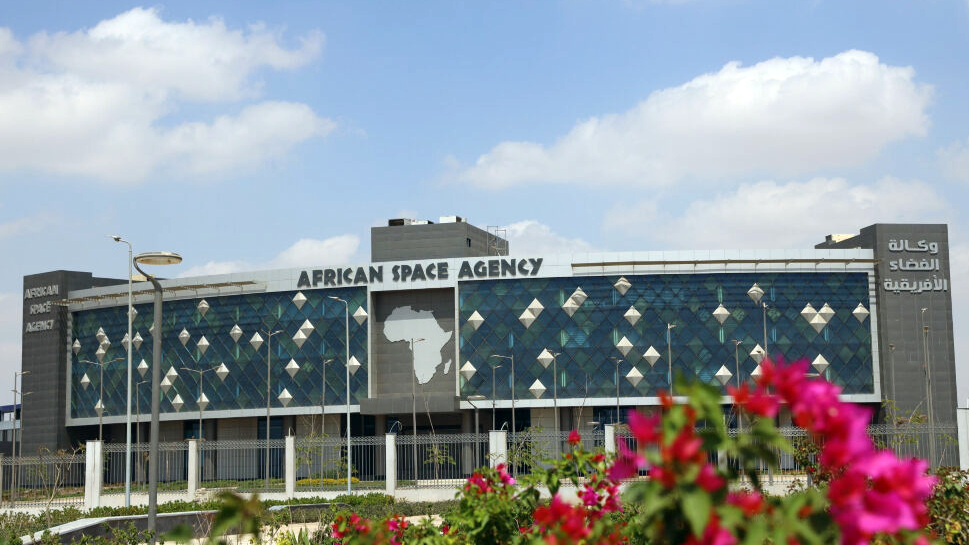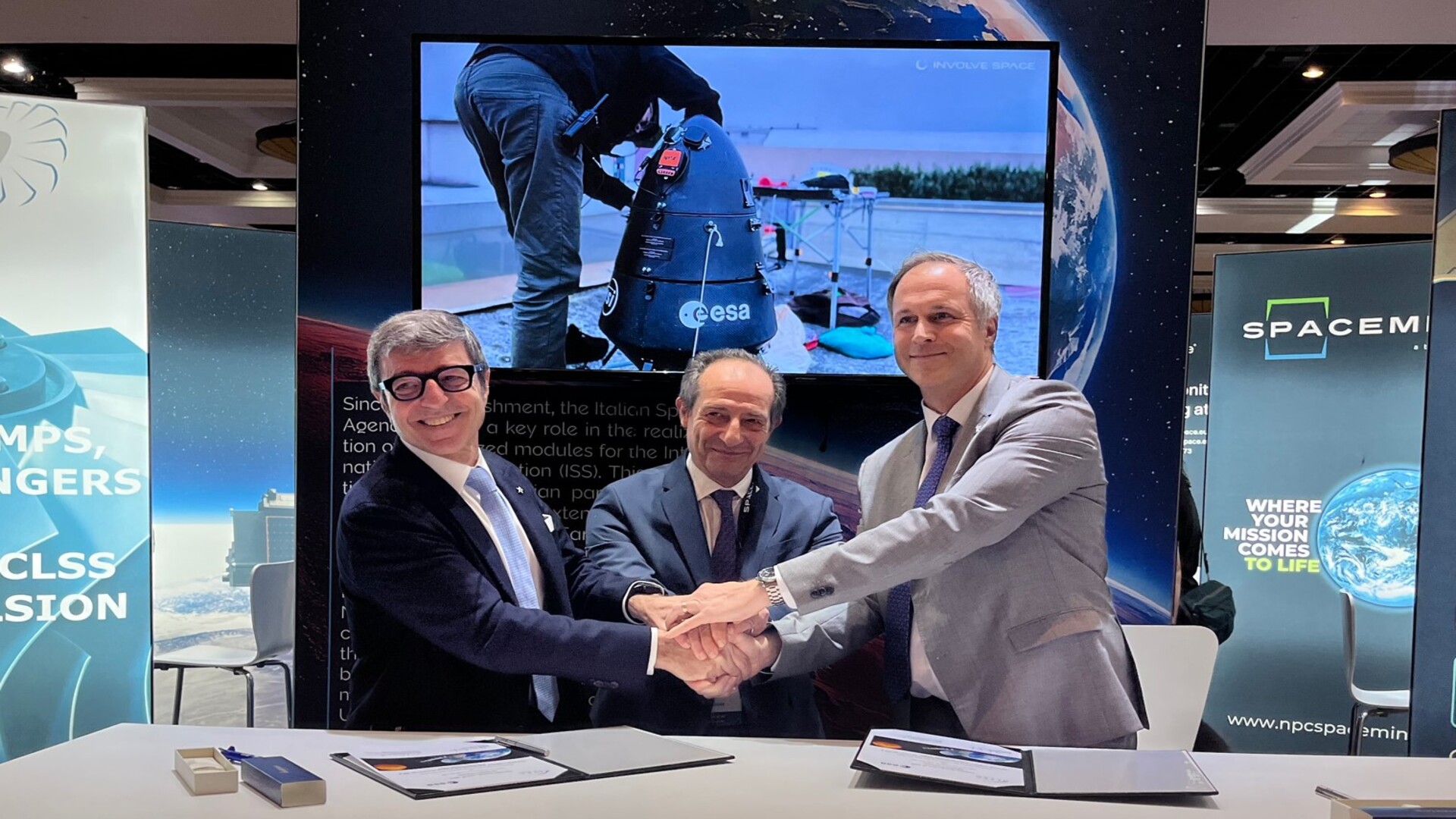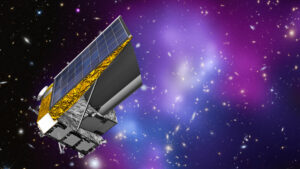
Euclid was launched on July 1st 2023, and the operating life will last 6 years. The satellite will host two scientific instruments, the VISible Instrument (VIS) and the Near Infrared Spectrometer Photometer (NISP), which will carry out an extragalactic sky survey with the purpose of obtaining extremely accurate images and measuring the spectra of millions of galaxies.
The key element of the mission is the scientific Ground Segment (SGS), which is in charge of planning observations and the first quality control and assessing the performance of in-orbit instruments and data reduction, from telemetry to the required products for scientific analysis.
The instruments and the SGS part that assesses performance and processes data are designed and manufactured by a European consortium of more than 1000 scientists, belonging to over 100 institutes in 13 nations. Also the NASA will participate in the mission and will provide the detectors for the NISP instrument.
Euclid aims at improving the knowledge on dark matter and dark energy, one of the most interesting topics in the field of modern astrophysics. This goal will be reached through the observation and study of two different and independent cosmological probes: the weak gravitational lensing phenomena, that is the apparent distortion of the image of galaxies due to the non-homogeneity of the mass down the line of sight, and the acoustic oscillations of the baryonic matter, considered as one of the most accurate methods to place ties on the state equation of dark energy and its potential cosmic evolution.
At the end of its operating life, Euclid will have produced images and photometric data for over one billion galaxies and millions of galaxy spectra. Such data will be extremely important also for other sectors of astrophysics.
Italy is in charge of the general coordination of the SGS; in this field, it is also in direct charge of assessing the performance of the NISP instrument and is responsible for several steps of data processing, ranging from the removal of instrumental effects on the NISP data and the comparison with data coming from other sources, to precision measures on electroscopic data and preparation of the results to be distributed to the scientific community. Such activities are a key component for the success of the mission.
Furthermore, Italy is in charge of designing and developing the wheel which will contain the dispersing elements of the spectrometer and the supply of control and data acquisition electronics for the VIS and the NISP. Such subsystems are manufactured by the national industry. The onboard software of the two instruments, instead, is developed by researchers from the INAF.
At a scientific level, Italy is in charge of planning and optimizing all the observations and contributes to defining the requisites and preparation of data analysis through broad participation in the Science Working Groups of the mission and the guidance by some of them.

